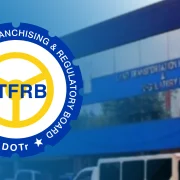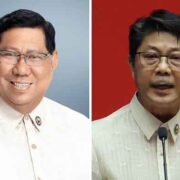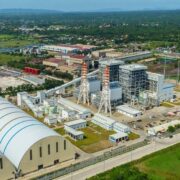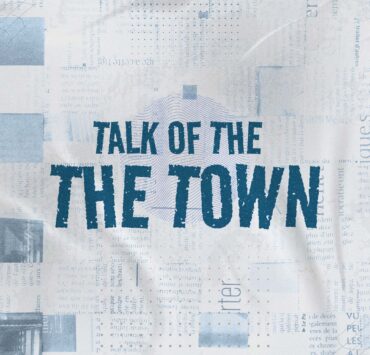Translating street protests into sustained, systemic reform

The recent catastrophic floods, which have once again laid bare the tragic cost of corruption and mismanagement in our vital infrastructure, have triggered murmurs of a “People Power 3.” The question echoes through our society, on social media, and in our homes. Is another mass uprising the solution to the deep-seated ills that plague our society? It is a question that demands not just a simple yes or no, but a profound and honest introspection into our past.
We recall the fervent hopes that animated the first People Power Revolution in 1986. Yet, as the years passed, the high ideals of Edsa 1 gradually eroded. The structures of governance were reestablished, but the pernicious roots of corruption, cronyism, and political dynasties were never fully extirpated. The systemic problems that were supposed to have been purged began to resurface, albeit in different guises, slowly chipping away at the initial victory.
Much like its predecessor, People Power 2, while achieving its immediate objective, failed to catalyze a fundamental transformation of our political culture. We saw a change of leadership, but not necessarily a change in the system, leaving many to wonder if we were merely trading one set of problems for another.
Today, the devastation wrought by inadequate flood control projects serves as a stark, watery testament to this enduring failure. This is not just about natural calamities; it is about human-made disasters perpetuated by greed and neglect, funded by public money meant to protect, not betray our citizens. It is a direct consequence of the corruption that both people power movements ostensibly sought to eradicate.
Following these historic events, we have repeatedly entrusted our future, our lives, and our national resources to many of the very same figures, or their proxies and progeny, who represent the entrenched systems of corruption we claimed to despise.
Is it a collective amnesia, a susceptibility to political patronage, or perhaps an inability to discern genuine change from superficial promises? It seems that while we possess the power to overthrow, we lack the sustained vigilance and critical judgment needed to build and preserve a truly reformed society.
The very concept of people power is profoundly empowering, yet its efficacy has been diluted by our failure to translate street protests into sustained, systemic reform. It has become a powerful, but ultimately temporary, catharsis rather than a foundational shift. We mistake the removal of a leader for the dismantling of a corrupt system, allowing the roots of the problem to persist and regenerate.
Before we call for a “People Power 3,” we must first ask ourselves, What would make this third iteration truly different? It cannot be merely another surge of anger followed by electoral short-sightedness. True “People Power” demands more than just a momentary protest; it requires an enduring commitment to informed citizenship, relentless accountability, and a refusal to be swayed by empty promises or transactional politics.
When will we understand that genuine change is not just about who we oust, but who we empower, how we hold them accountable, and how we ourselves participate in building a nation free from the corruption that continues to drown our aspirations, literally and figuratively? The answer lies not in another revolution but in a sustained evolution of our collective political will and wisdom.
REGINALD B. TAMAYO,
reginaldtamayo@yahoo.com

















